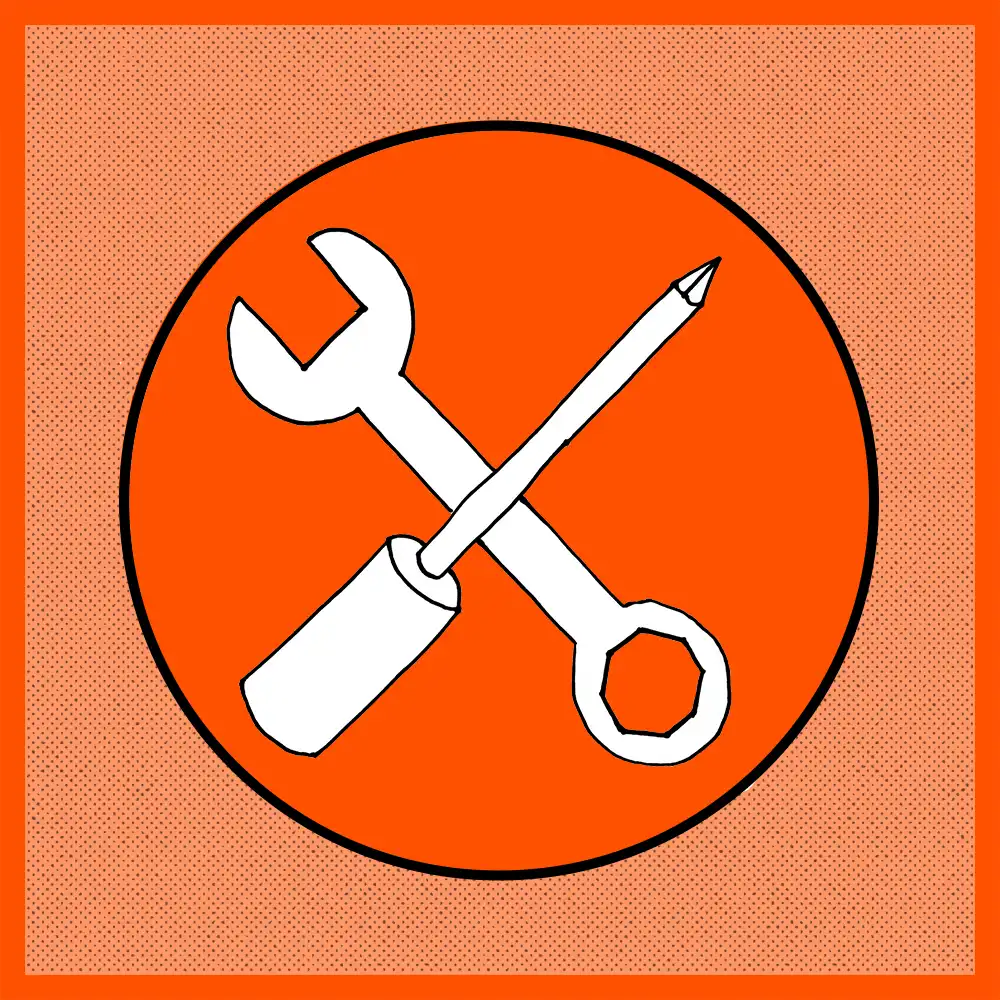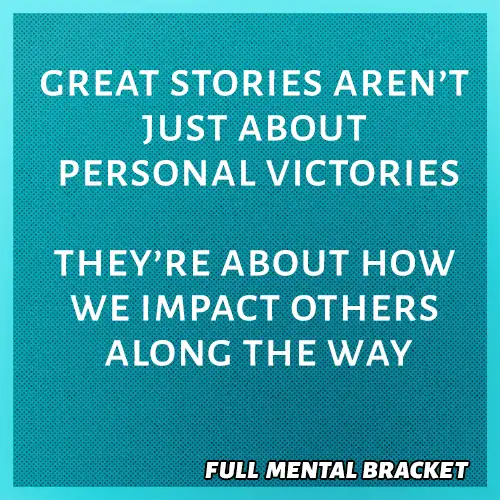/
How to Take Charge of Your Life: Actionable Steps from the Hero’s Journey
Life is an unfolding story, and you are its protagonist. Embracing this perspective allows you to take control of your narrative, face challenges with resilience, and shape your own transformation. The Hero’s Journey, a timeless narrative structure, offers a roadmap for navigating personal growth and achieving a sense of purpose.

Mindset Shifts to Take Charge of Your Story
1. Life as an Epic Story
Viewing your life as an epic story helps you see yourself as the protagonist, leading to a more purposeful and fulfilling existence. This mindset enables you to embrace challenges as essential parts of your journey rather than obstacles. However, recognizing that others are also protagonists in their own stories fosters empathy, collaboration, and a richer experience.
2. Understanding the Hero’s Journey
The Hero’s Journey, a narrative framework popularized by Joseph Campbell and adapted by Christopher Vogler, outlines a structure followed by many life stories and myths. Its key elements include:
✅ Protagonist: The central figure who embarks on a quest.
✅ Quest: A journey or challenge that shapes the protagonist’s growth.
✅ Allies & Mentors: Supporters who guide and assist along the way.
✅ Obstacles: The challenges and setbacks faced and overcome.
✅ Transformation: The internal and external growth achieved.
✅ Legacy: The lasting impact on the world or community.
3. The Protagonist Mindset & Personal Growth
A protagonist mindset is defined by:
✅ Personal Responsibility: Taking full ownership of your actions and choices.
✅ Persistence & Grit: Developing resilience to push through difficulties.
✅ Focus on Meaning & Purpose: Seeking a fulfilling life connected to something greater.
✅ Interdependence: Recognizing that growth happens not in isolation, but through relationships with others.
4. Locus of Control: Steering Your Own Path
Understanding your locus of control—whether you shape your destiny (internal) or believe life happens to you (external)—is crucial. A protagonist mindset means taking charge of your story rather than being a passive observer. However, this doesn’t mean ignoring the influence of others; sometimes, embracing collaboration and external wisdom strengthens your journey.
5. Community & Interconnectedness
While taking responsibility for your own life is key, it’s also important to recognize that everyone else is the hero of their own journey. Supporting and learning from others enriches your narrative and builds a stronger, more connected community. The best stories are those where multiple heroes contribute to a shared purpose.
6. Applying the Hero’s Journey to Your Life
Studies in narrative psychology suggest that using the Hero’s Journey framework can enhance self-awareness, resilience, and overall well-being. Embracing this structure can provide clarity and motivation as you navigate life’s uncertainties while deepening your appreciation for the interconnected nature of human experiences.
Next Steps: How to Apply These Insights
1. Reflect on Your Story
Write down your personal journey, identifying key turning points, challenges, and moments of transformation. See how they align with the Hero’s Journey framework. Consider the roles that others have played in your story.
2. Assess Your Mindset
Are you embracing a protagonist mentality or leaning toward a victim mindset? Identify areas where you can take more control and responsibility while also considering how your actions affect others.
3. Set Meaningful Goals
Define specific, actionable goals that align with your personal quest. Break them into manageable steps for easier progress. Ensure these goals also allow space for meaningful connections with others and personal growth.
4. Build Your Tribe
Surround yourself with mentors and allies who support your journey. Seek out communities aligned with your purpose, and remember to uplift others on their paths as well.
5. Develop Grit & Resilience
When facing obstacles, practice mindset shifts such as reframing setbacks as learning experiences. Use strategies like journaling, meditation, and seeking mentorship to stay resilient. Recognize that setbacks are universal, and supporting others through theirs strengthens your own resilience.
6. Engage with Your Community

Look for ways to give back—volunteer, mentor, or contribute to causes that resonate with your personal values. Helping others progress in their journeys enriches your own.
7. Continue Learning & Growing
Explore resources on self-improvement, personal growth, and storytelling. Read books, attend workshops, and seek out experiences that deepen your understanding of the Hero’s Journey, not just for yourself but for the benefit of others.
By adopting the protagonist mindset and structuring your life around the Hero’s Journey, you can create a narrative filled with purpose, growth, and connection—not only for yourself but for those around you. True fulfillment comes from mastering your own story while recognizing that you are part of a greater, collective journey.
What’s Your Hero’s Journey?
Start living your story with intention while helping others do the same! Embark on the journey of personal growth
Listen to Our Podcast: Become the Protagonist of Your Life
Ready to fully embrace your role as the main character of your life? Tune in to our podcast episode, where we discuss practical strategies, inspiring stories, and mindset shifts that will help you take charge of your journey. Don’t wait for your story to happen—start shaping it today!
